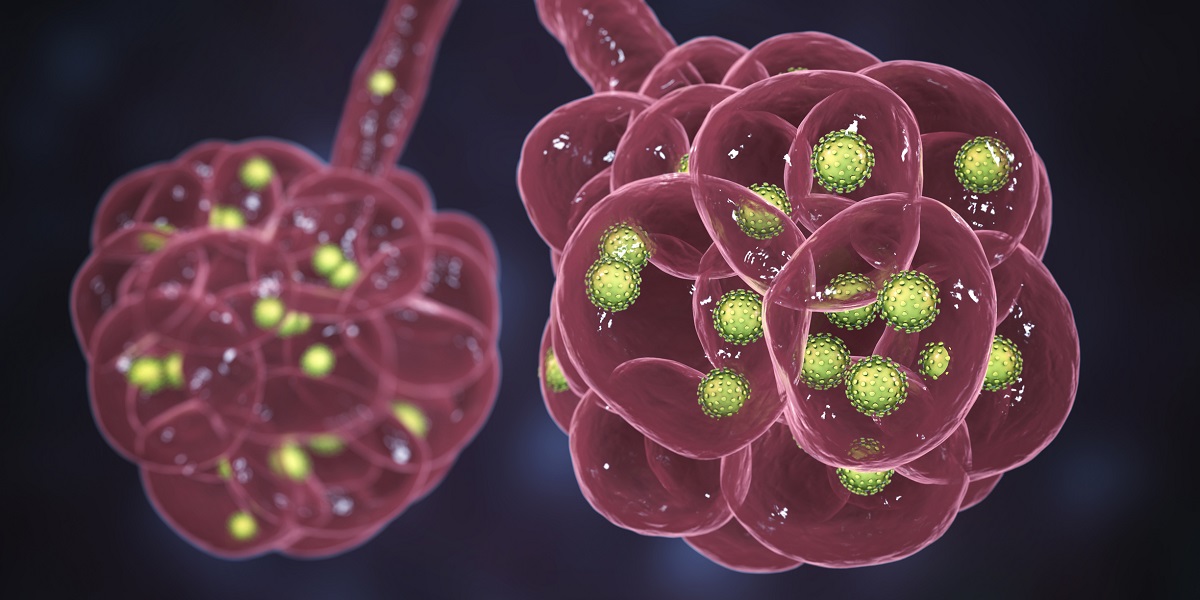KEY TAKEAWAYS
- The study aimed to investigate the development of gut microbial subtypes and their potential as diagnostic targets for CRC.
- Researchers noticed that gut microbial subtypes show distinct bacterial profiles, which may aid in the early diagnosis of CRC.
Gut bacteria are increasingly recognized as being related to colorectal cancer (CRC) and its clinicopathologic characteristics. CRC is marked by a low 5-year survival rate, high mortality, and a concerning trend of diagnosis at younger ages, adding to the global disease burden.
Metastasis is the leading cause of CRC-related deaths, and although early-stage CRC can be treated effectively with surgery, the subtle nature of symptoms often results in intermediate or late-stage diagnoses, causing patients to miss the optimal treatment window.
Shuwen Han and the team aimed to assess the development of gut bacterial subtypes and explore potential microbial targets for improving CRC diagnosis.
They performed an inclusive analysis using stool samples from 914 volunteers, consisting of 376 patients with CRC, 363 with advanced adenomas (AA), and 175 normal controls. These samples underwent 16S rRNA sequencing to examine gut microbial composition. Through unsupervised learning, gut microbial subtypes were identified and visualized using community composition and clustering plots.
The differences in gut bacterial abundance were analyzed across the groups. Additionally, associations between CRC-related bacteria and the identified subtypes, as well as the relationship between gut bacteria and clinical information, were evaluated. Finally, CatBoost models based on differential gut bacteria were developed to identify CRC and AA cases effectively.
About 4 gut microbial subtypes (A, B, C, D) were identified through unsupervised learning. The characteristic bacteria for each subtype were Escherichia-Shigella in subtype A, Streptococcus in subtype B, Blautia in subtype C, and Bacteroides in subtype D. Clinical factors, such as free fatty acids and total cholesterol, along with CRC pathological details like tumor depth, differed significantly among the subtypes.
A positive correlation was observed between Bacilli, Lactobacillales, and subtype B, while Blautia and Lachnospiraceae were positively correlated with subtype C. In contrast, Coriobacteriia and Coriobacteriales showed a negative correlation with subtype D. Lastly, the predictive power of the CatBoost models for identifying CRC was enhanced when incorporating gut microbial subtypes.
The study concluded that gut microbial subtypes provide distinct bacterial profiles, which are closely associated with both clinical and pathological features of CRC. These subtypes offer valuable insights into the microbial composition linked to CRC and advanced adenomas. The findings suggest that gut microbial subtypes may serve as potential diagnostic tools, contributing to the early detection and classification of CRC.
This study was funded by the Key research and development project of Science and Technology Department of Zhejiang Province (no.: 2022C03026), the Public Welfare Technology Application Research Program of Huzhou (no.: 2023GZ86), the Zhejiang Medical and Health Technology Project (no.: 2023RC274), and China University Industry University Research Innovation Fund (no.: 2023HT078).
Source: https://pubmed.ncbi.nlm.nih.gov/39234654/
Han S, Zhuang J, Song Y, et al. (2024). “Gut microbial subtypes and clinicopathological value for colorectal cancer.” Cancer Med. 2024;13(17):e70180. doi:10.1002/cam4.70180



